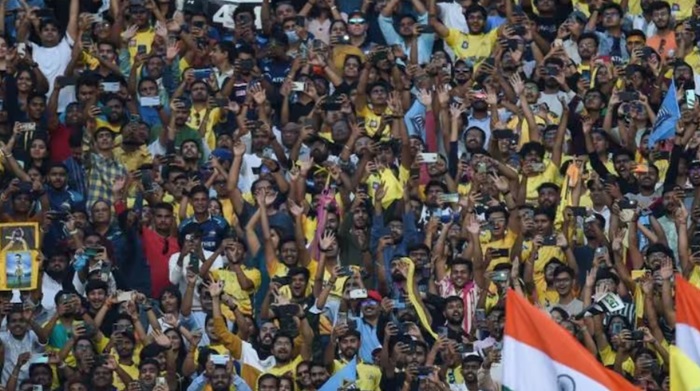
The Board of Control for Cricket in India (BCCI) is considering introducing a Tier-2 cricket league as early as 2024, inspired by the success of the Indian Premier League (IPL) introduced 15 years ago, people familiar with the developments said.
BCCI secretary Jay Shah is working on a blueprint for the proposed league, and stakeholders, including potential sponsors, are giving a big thumbs up to the idea, the people said, requesting anonymity. The board has identified a window between September and October to slot the new cricket league.
The introduction of the IPL in 2008 elevated cricket’s popularity with its fast-paced T20 format. The IPL drew global talent to India, fostered a loyal fan base, and generated massive revenue for the board through sponsorships and broadcasting rights. Its success spurred other nations to start similar leagues, boosting the game’s appeal globally.
The BCCI is considering the T10 format for the Tier-2 cricket league, acknowledging the role the shortest version of the game could play in driving the popularity of the sport.
The cricket body is currently deliberating on several issues related to the proposed league, including:
- a) Should they go ahead with the idea of a T10 league or stick to T20 (the current proposal, though, is for T10)?
- b) Should the league have an age cap for the players so that the new property doesn’t eat into the popularity of the IPL?
- c) Should the franchises for this new league be sold through a separate tender process or can the existing IPL franchises be given the right of first refusal (there’s a mention of it in the existing contracts)?
- d) Should the proposed tournament be played in India or have a new venue every year?
As far as the existing contracts between the BCCI and the IPL franchise owners are concerned, it is understood that the franchises have the right of first refusal to any business model that the BCCI wishes to launch that is ‘similar’ to the IPL. Those in the know say the BCCI may wish to respect that clause.
Key focus
The important call the BCCI must take is whether the new tournament should have an age bracket. “Else, what’s the guarantee that it will not begin to eat into IPL’s popularity over the years? Right now, the IPL’s biggest strengths are a) It caters to Indian prime-time like no other cricket property; b) The world’s best white-ball cricketers participate in the league; and c) Corporate India looks forward to spending big on the league at multiple levels, thus ensuring the upkeep of the property’s central revenue model.
“Whenever the BCCI decides to launch a new property, points a and c will always continue to remain the same given that cricket sells like no other product in India. It is point b that the BCCI might want to think twice about,” say those tracking developments.
Should the cricket board go ahead with these plans – and it is learned that the idea is to move ahead in all seriousness – bilateral cricket, as we know it, will change within the next two years. Marquee bilateral red-ball properties such as the Ashes, India v England, India v Australia, and even India v South Africa, among a few others, will survive while the rest of the calendar will begin to veer towards franchise cricket.
‘Cusp of inevitability’
Right now, there are cricket boards that aren’t earning enough from the sale of home bilateral rights that will allow them to sustain in the long run. A potential revenue-sharing model with the BCCI could help these boards on the financial front. “But if that happens, it could signal the death of 50-over cricket sooner than one thinks,” say those fearing the ‘inevitable’.
The Kingdom of Saudi Arabia – looking to boost tourism – has already shown major interest in partnering with Indian cricket. A traveling tournament, looking for a host nation in the Gulf to fuel its future finances, is the kind of infusion a newly proposed property may need.
The only cricketing body that will be in the position to stand on their legs is the England & Wales Cricket Board (ECB) because the summer months in the UK allow them to position themselves uniquely, given the weather patterns in the lower hemisphere during those months. (News 18)
